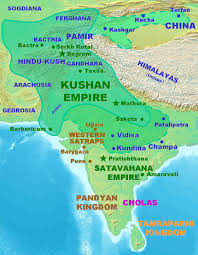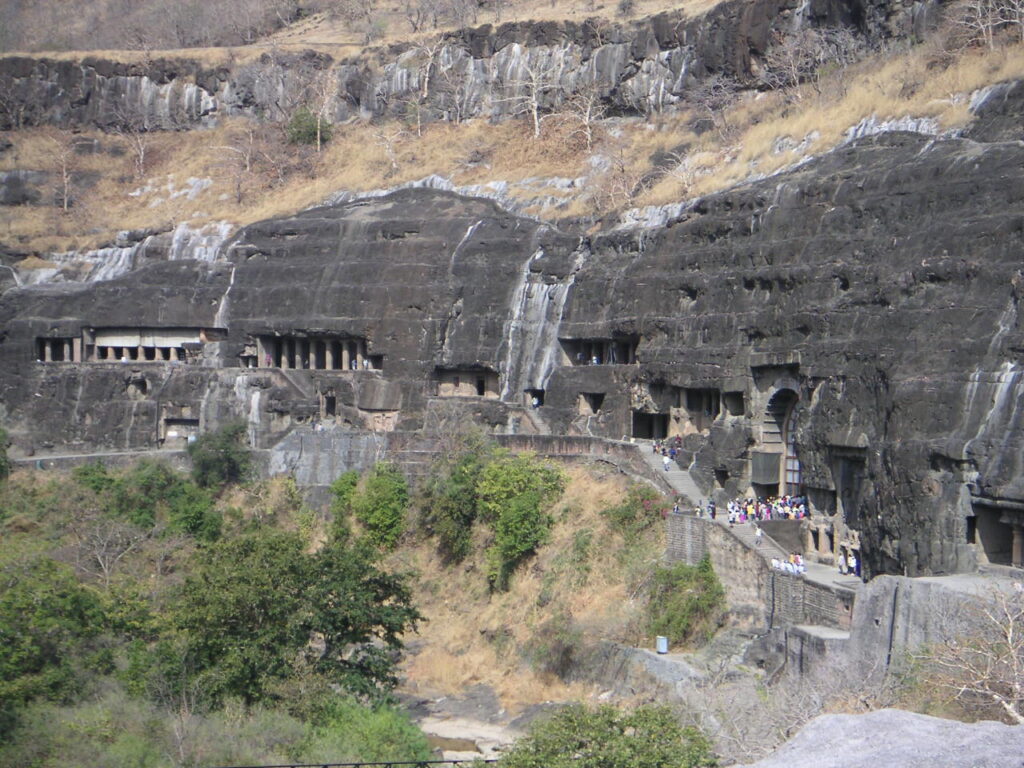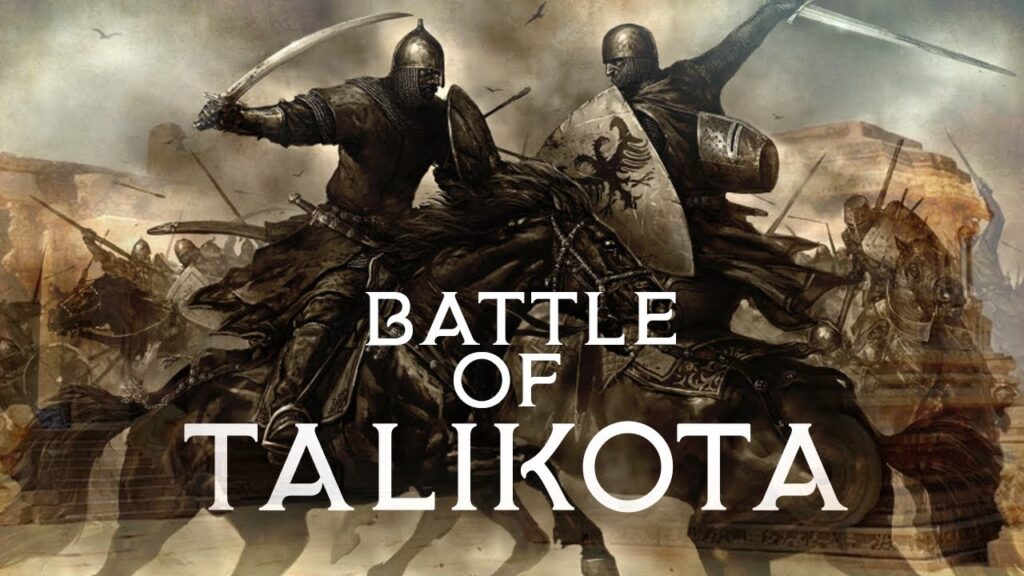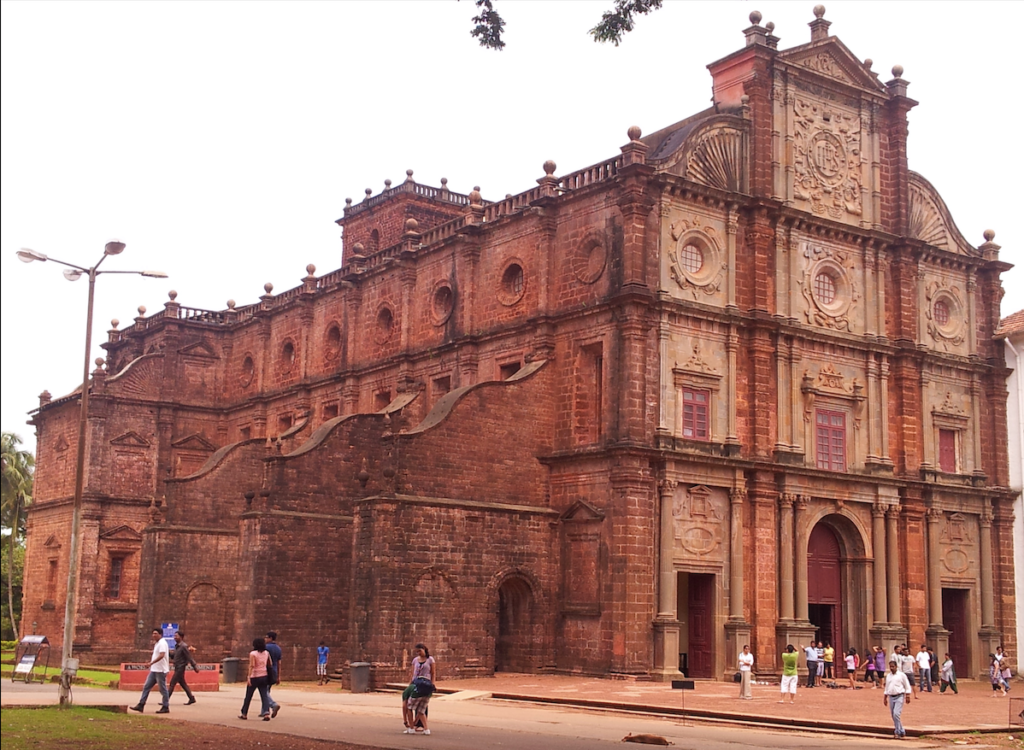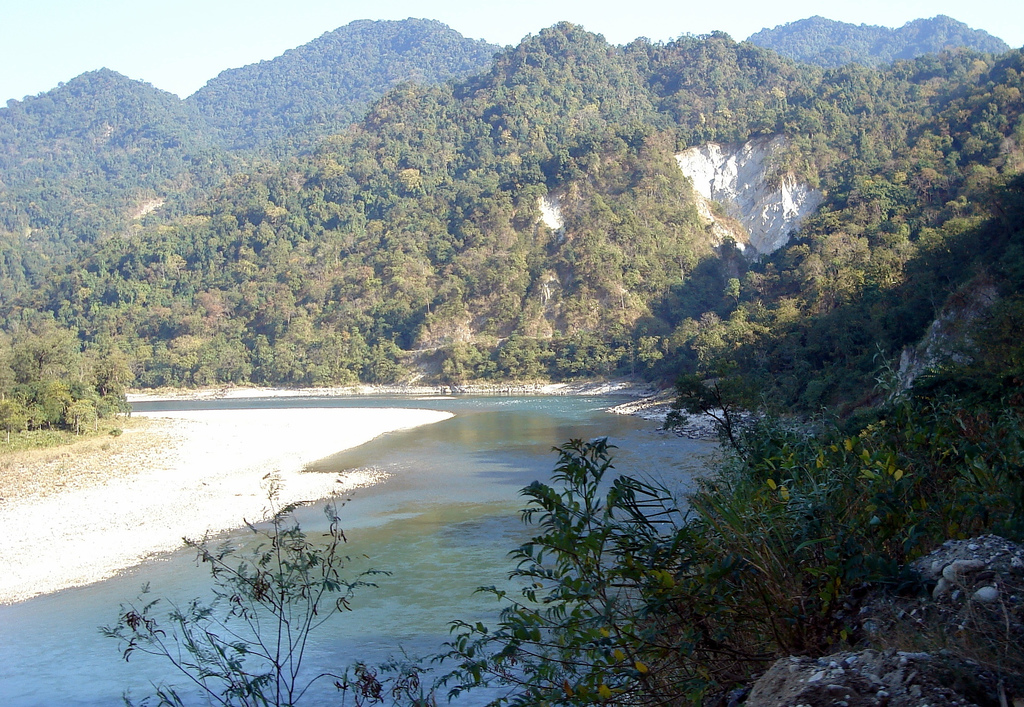In the annals of ancient history, few figures loom as large as the Kushan Emperor. Hailing from the heart of Central Asia, the Kushan Empire wielded immense power and influence across vast swathes of territory, leaving an indelible mark on the cultural, religious, and political landscape of the ancient world. Join us on a captivating journey as we delve into the life, reign, and enduring legacy of the enigmatic Kushan Emperor.
The Rise of the Kushan Empire:
The story of the Kushan Empire begins amidst the shifting sands of Central Asia during the 1st century CE. Originating from the region of Bactria, situated in present-day Afghanistan and Uzbekistan, the Kushans emerged as a formidable force, carving out a realm that stretched from the borders of China to the plains of the Indus Valley.
The founder of the Kushan dynasty, Kujula Kadphises, laid the groundwork for the empire’s expansion, consolidating power and forging alliances with neighboring tribes. Under his successors, most notably Kanishka the Great, the Kushan Empire reached its zenith, becoming a vibrant center of trade, commerce, and culture.
Kanishka the Great: Architect of a Golden Age:
At the helm of the Kushan Empire stood Kanishka the Great, a ruler whose vision and ambition propelled his realm to unprecedented heights of prosperity and influence. Kanishka’s reign, which spanned from around 127 to 150 CE, is often regarded as a golden age, characterized by significant achievements in art, religion, and diplomacy.
One of Kanishka’s most enduring legacies lies in his patronage of Buddhism. Despite his origins in a region with strong Zoroastrian and Hellenistic influences, Kanishka embraced Buddhism and became a fervent supporter of the faith. He convened the legendary Fourth Buddhist Council in Kashmir, where scholars and monks gathered to codify the teachings of the Buddha and address doctrinal disputes.
Kanishka’s reign also witnessed a flourishing of artistic expression, exemplified by the Gandharan school of art. Influenced by Hellenistic and Indian styles, Gandharan art produced masterpieces such as the famous Buddha statues of Bamiyan, which stood as towering symbols of spiritual devotion and artistic prowess.
The Kushan Empire: A Crossroads of Civilization:
Central to the Kushan Empire’s success was its strategic location at the crossroads of major trade routes linking East and West. Merchants, pilgrims, and diplomats traversed the ancient Silk Road, bringing goods, ideas, and cultural exchange to the heart of Kushan territory.
The city of Taxila, situated in present-day Pakistan, emerged as a bustling metropolis and a vibrant center of learning under Kushan rule. Scholars from across the known world flocked to Taxila’s renowned universities, where they engaged in rigorous intellectual pursuits and exchanged ideas in fields ranging from philosophy and astronomy to medicine and linguistics.
In addition to fostering intellectual and cultural exchange, the Kushan Empire facilitated the spread of religious ideas and practices. Alongside Buddhism, other faiths such as Zoroastrianism, Hinduism, and various Hellenistic cults found a foothold within Kushan territory, reflecting the empire’s pluralistic and cosmopolitan ethos.
The Decline and Legacy of the Kushan Empire:
Despite its formidable achievements and enduring legacy, the Kushan Empire eventually succumbed to the ebb and flow of history. Internal strife, external pressures from neighboring powers, and the incursion of nomadic tribes all contributed to the empire’s gradual decline.
By the 4th century CE, the Kushan Empire had fragmented into smaller successor states, marking the end of an era of unparalleled splendor and innovation. Yet, the legacy of the Kushan Emperor endured, exerting a profound influence on subsequent developments in art, religion, and geopolitics throughout Central and South Asia.
The Gandharan artistic tradition continued to flourish long after the demise of the Kushan Empire, influencing the aesthetic sensibilities of successive civilizations such as the Gupta and Sassanian dynasties. Buddhist teachings, codified and disseminated during Kanishka’s reign, spread far and wide, shaping the spiritual landscape of Asia for centuries to come.
In conclusion, the Kushan Emperor stands as a towering figure in the annals of ancient history, whose vision, patronage, and legacy continue to inspire awe and fascination to this day. From the majestic Buddha statues of Bamiyan to the intellectual ferment of Taxila’s universities, the imprint of the Kushan Empire endures as a testament to the enduring power of human creativity, ambition, and resilience in the face of the inexorable march of time.

